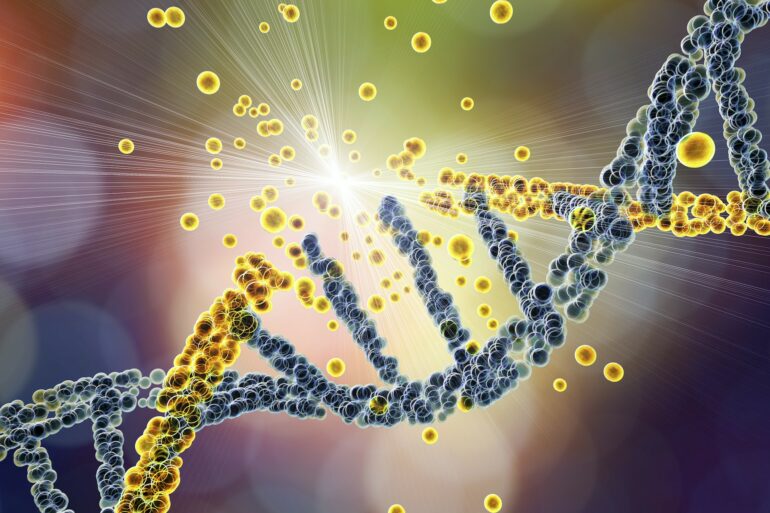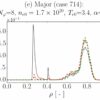Nearly half of all cancer patients undergo radiation therapy as part of their care. Ionizing radiation, or the emission of high-energy waves or particles, works as a therapy by damaging a cancer cell’s DNA. It’s an effective tool for killing cancer cells because they are generally much less adept at DNA repair compared to healthy cells. Damaging specific parts of DNA prevents cancer cells from reproducing, effectively killing them.
A major limitation of radiation therapy is the damage it may cause as it passes through healthy organs to get to tumors located deep in the body. The need to protect healthy organs limits the dose of radiation that can be delivered to cancerous tissue, thereby reducing the chance of successful treatment.
Overcoming this challenge has long been a mission for medical physicists and radiation oncologists like us. Improvements to radiotherapy will enable clinicians to not only better control tumors overall, but also open the door for more favorable outcomes in patients with cancers that are more resistant to radiation.
Fundamentals of radiation therapy
At the heart of radiation therapy lies the fundamental principle that cancer cells are more susceptible to radiation than healthy cells. However, there are exceptions. Sometimes resistance to radiation in cancer cells may be comparable or even greater than that of their neighboring cells.
When tumors lie close to vital organs that are highly sensitive to radiation, such as the brain or the bowels, it significantly limits the amount of radiation that can be delivered. In cases where tumors are significantly less sensitive to radiation than the organs surrounding it, radiotherapy may not be the best choice.
Radiation therapy involves directing strong beams of energy to kill cancer cells.
Patient immobilization is another key aspect to reducing toxicity from radiation. Patients need to be completely motionless during treatments to ensure that the beam of radiation mainly targets tumors and not the healthy tissues surrounding them. If a patient moves during treatment, it can mean the radiation beam is partly or even entirely missing the cancer target. This scenario both underdoses the cancer and increases the risk of harming healthy tissue.
There are a few common types of radiotherapy that deliver radiation in different ways:
External beam radiation therapy
External beam radiation involves directing radiation from an outside source to a single part of the body.
Linear accelerators, commonly referred to as LINACs, are currently the most common technology used in radiation treatments. These machines generate beams of high-energy electrons and X-rays that can be aimed at cancer tissue with precision. The high energy of these beams allows in-depth penetration into the body to reach tumors.
Another form of radiotherapy is proton beam therapy, or PBT, which directs protons instead of X-rays…



